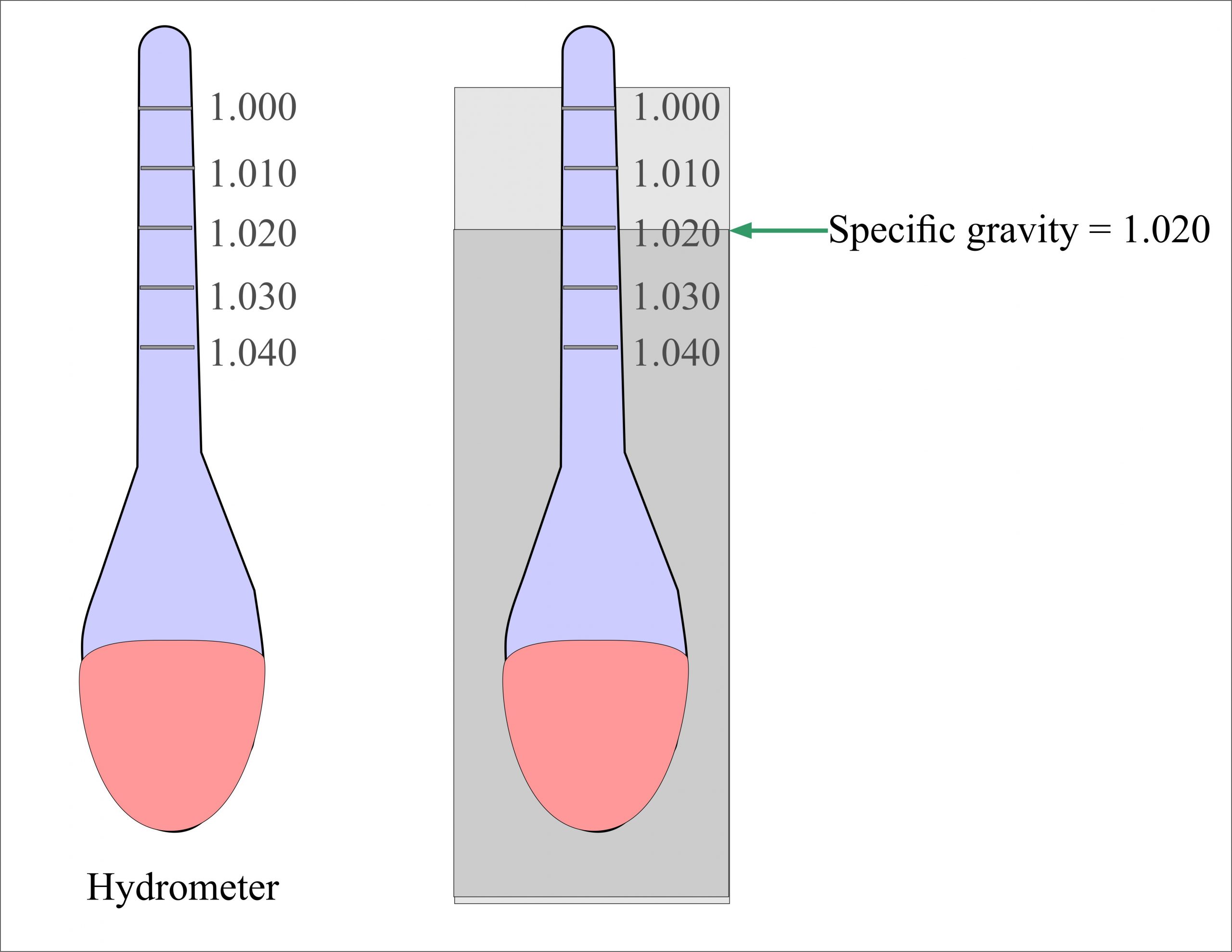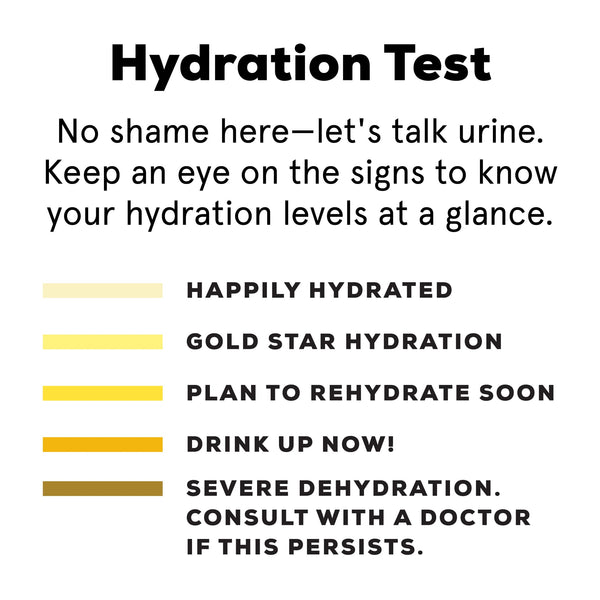
This leads to issues such as yellowing leaves or dying plants. And when plants are exposed to high levels of nitrogen in the soil, their roots are chemically burned. Over time, the nitrogen from the urea builds up in the soil.

Human urine consists of water, urea, inorganic salts, creatinine, ammonia, and pigmented products. In humans, urea is a nitrogen-containing waste substance that the kidneys clear from the blood and excrete into the urine. This is about 2-5x the potency of the preferred amount of nitrogen for most plants.īoth urea and urine are different.

However, urea has a much higher ratio of nitrogen than most fertilizers, with an NPK of 11:2:4. For example, fertilizers with an NPK of 6-3-3 works well for these plants. Some plants, such as citrus and avocado trees, are heavy feeders and require double the nitrogen to phosphorus and potassium (an NPK ratio of 2:1:1). is involved in various critical processes, such as growth, leaf area-expansion and biomass-yield production…Insufficient amount of N available to plants can hinder the growth and development. This is why most fertilizing products display an NPK value, or percentage of nitrogen (N), phosphorus (P), and potassium (K). Plants use nitrogen largely to grow leaves and roots and absorb nutrients. Urine has 2.5% urea, which contains high amounts of nitrogen-the primary nutrient required by most plants. While the pH of urine is typically fine for plants, the problem occurs with the excessive levels of nitrogen building up in the soil. Also, depending on the amount of urine you’re adding, it may be a good idea to check the pH of the compost and soil to see if it’s getting too acidic. To be safe, for those of you who are more serious about regularly urinating directly on your plants, consider testing your urine with pH strips first. However, urine is generally more acidic than it is alkaline. If the urine is too alkaline (above 7.0), add some acidic amendments such as coffee grounds, sand, or peat moss. If you find that the urine you’re using is too acidic for plants (below 5.5), you can add some alkaline amendments such as wood ash, charcoal, or lime. Donald Bickelhaupt, SUNY College of Environmental Science and Forestry

Most minerals and nutrients are more soluble or available in acid soils than in neutral or slightly alkaline soils. Before a nutrient can be used by plants it must be dissolved in the soil solution. Maintaining a slightly acidic soil pH of 5.5-7.0 is important for plants because the acidity helps dissolve the nutrient solids in the soil, making them accessible to the plant’s finer roots.įourteen of the seventeen essential plant nutrients are obtained from the soil.


 0 kommentar(er)
0 kommentar(er)
